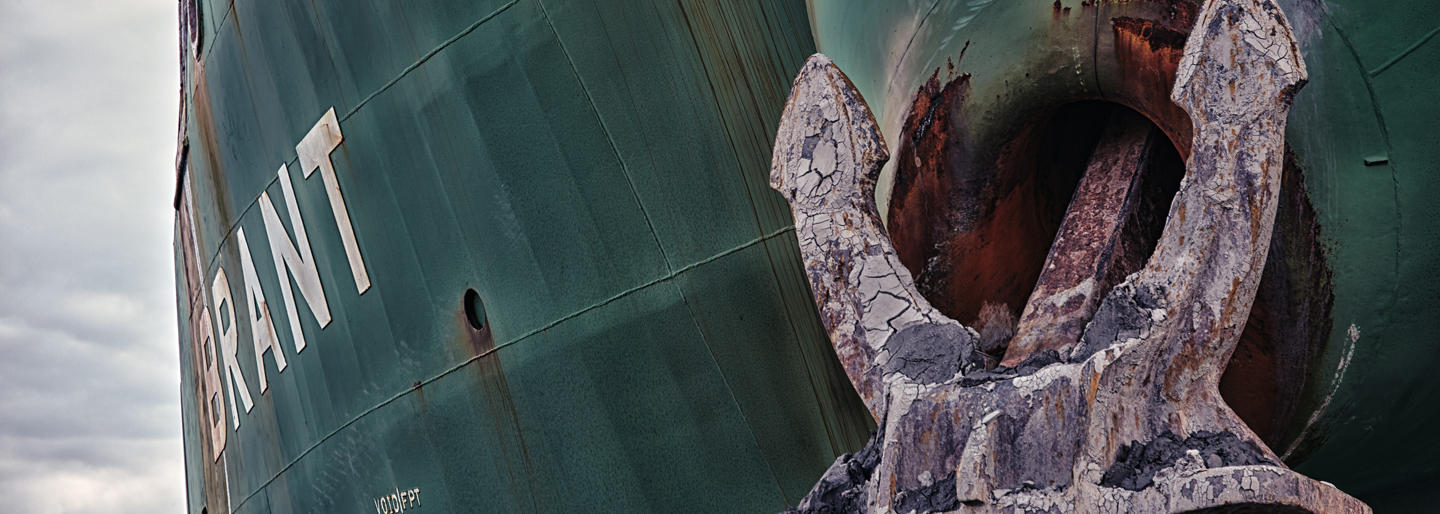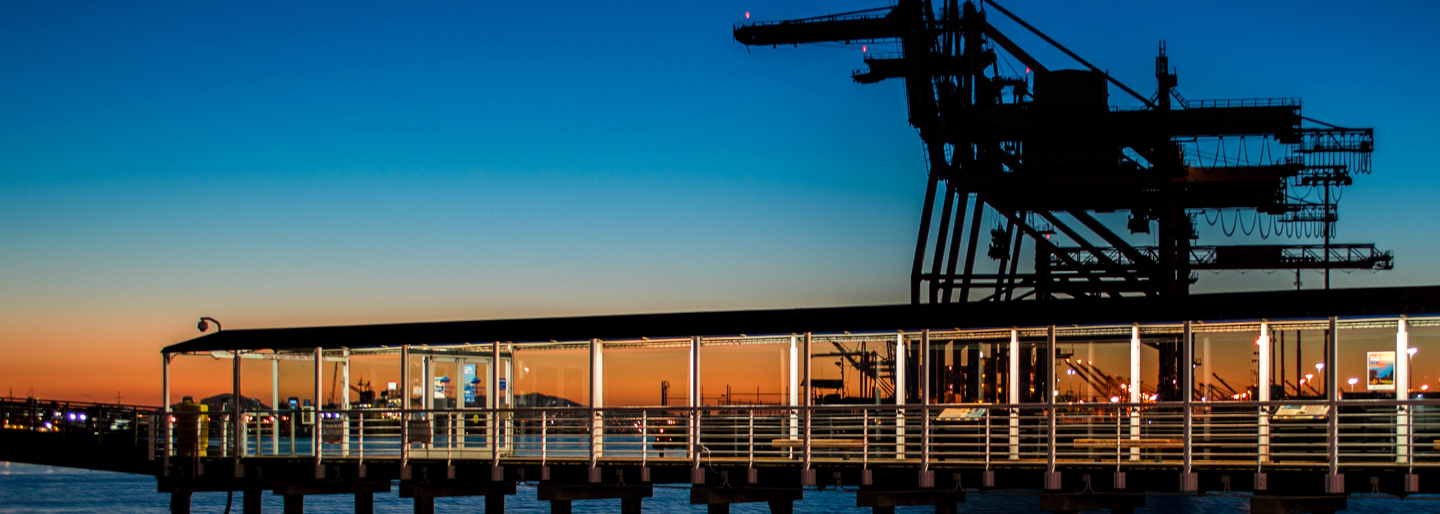The simple explanation of less than container load shipping (LCL). What you need to know to find the best freight forwarder for your LCL shipping service needs.
Containerised ocean shipping comes in two primary forms – LCL (less than container load) and FCL (full container load). In this article, we intend to explain what LCL shipping is in its purest form, relevant to most of the small and medium-sized businesses looking for freight solutions.
Since the idea of containerisation by Malcolm McLean in 1937, international ocean shipping has become the world order of global trade. The marine container as we know it today gave birth to a number of industry segments within global shipping, such as the growth of containerised steamship lines and logistics providers, also known as freight forwarders.

For shippers, importers and traders with large shipping volume, the marine container was a relief assuring increased speed of transit and reduced damage and pilferage during transit to almost negligible levels. The limitation, however, being the size of the container, did also safeguard the future of freight forwarder companies.
The smallest commonly available marine container has external dimensions of 20′ length, 8′ width and 8’6 height. When deducting floor, walls and top dimensions, the internal cubic capacity of this fantastic piece of equipment is roughly 33 cubic meters or a little less than 1,200 cubic feet. With containerisation, this hence became the minimum shipping volume a shipper could book with a shipping line, and therefore the minimum a customer would pay for when needing to ship cargo by sea.

Often, however, consignments for international shipping are less than 33 cubic meters. For the shipper that leaves few options: Shipping a half-full container or finding another mode of transportation. For international shipping, other modes of transportation include airfreight (which would typically be 15-30 times more expensive per kilogram) or LCL shipping.
LCL shipping is to the shipper what a car-pooling scheme is to the commuter. The freight forwarder has the expertise and the facilities to consolidate multiple shipments into one standard marine container, enabling customers to effectively ship quantities of less than 33 cubic meters and split the cost of booking the container among multiple shippers.

LCL Shipping in practical terms
An LCL service is like a bus service with only two stops, one at the origin and one at the destination. A marine container replaces the bus and the passengers are the cargoes of multiple shippers.
The forwarder will receive or collect individual consignments from individual customers, all with dimensions of less than a full container, and packed for LCL shipping. The forwarder typically has a fixed schedule, with for example weekly departures, and the LCL shipments are booked against a fixed date. All the shipments must be in the possession of the freight forwarder a few days before departure, allowing for time to plan and consolidate them into a container and transport the container to the seaport where the forwarder will hand it over to a shipping line. Once the shipping line has received the container with the LCL shipments, they are responsible for the international sea transportation to the destination, against a contract of carriage between the shipping line and the freight forwarder.
At the destination, the freight forwarder will collect the container from the seaport and bring it to a warehouse where it is un-stuffed or de-consolidated into individual LCL shipments. The shipments can then be collected by the consignees (receivers), or the forwarder can deliver them directly to the final receiver.

Finding an LCL shipping service
While there are very little statistics on the actual LCL shipping market, this service is offered by practically all freight forwarders. Different forwarders have different LCL services or trade lanes in their focus and have different geographical coverage and experience. Looking for a freight forwarders offering a good LCL shipping service at competitive rates can be time-consuming and cumbersome. Typically it starts with market research and reaching out to forwarders to understand their strengths. A short checklist when considering which forwarder to use for your LCL shipping could include:
Is there a fixed service – what is the frequency?
Does the forwarder offer pick-up/delivery at the origin and the destination?
What is the total transit time (not just port-to-port)?
Does the forwarder have other customer references you can speak with?
Does the forwarder have own offices at both origin and destination or do they work through agents?
Can the forwarder also handle your customs clearance, if needed?
Is the rate competitive and clear?
Do the forwarder know exactly which information they need from you?
If you feel something is missing in this article, or have other comments or questions, please don’t hesitate to send us a comment via chat.